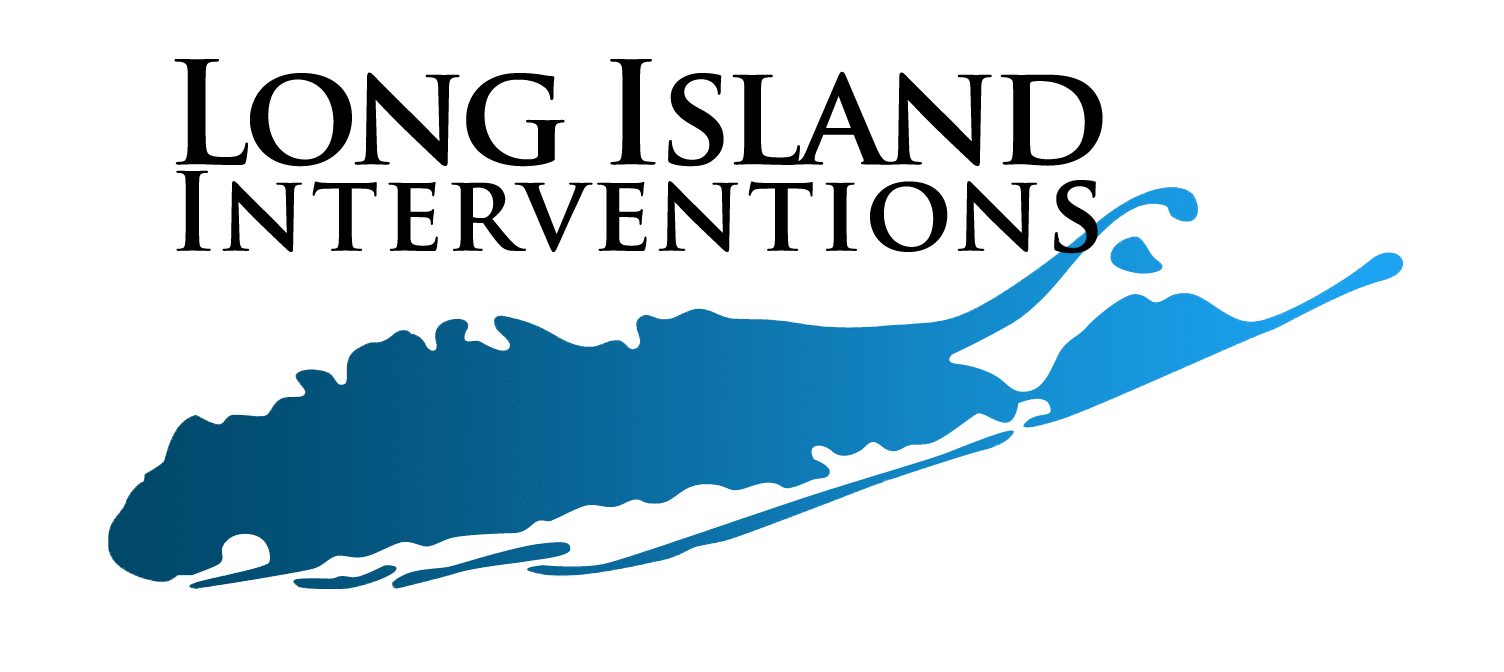Seeking help from a treatment center can become overwhelming when you’re suffering from a substance use disorder. Many people avoid addiction treatment because of the fear of judgment and the high costs.
Yet, overcoming an addiction is achievable once you find the right treatment programs. You’re not alone. We’re here to help transform your life.
Today, we discuss everything you should know about going to drug rehabilitation centers in New York.

Table of Contents
- 1 Understanding Drug Rehabilitation
- 2 Tips for Choosing a Drug Rehabilitation Center in New York
- 3 What to Expect During Treatment at a Drug Rehabilitation Center in New York
- 4 Other Types of Treatments at Drug Rehabilitation Centers in New York
- 5 Conclusion: Which Drug Rehabilitation Center in New York Should You Go To?
Understanding Drug Rehabilitation
According to the Office of the New York State Comptroller, 30 out of every 100,000 New Yorkers died in 2021 due to a drug overdose. Unfortunately, the trend is on the rise, and New York’s overdose cases exceed the national average.
The staggering numbers highlight the importance of seeking help for yourself or your loved one now more than ever. So, why do so few people seek help each year?
Despite the crisis, many choose to struggle in silence because of misconceptions. However, in reality, drug addiction is a disease that can be treated, just like diabetes or hypertension.
It’s not a moral failing, but a condition you can recover from through medicine.
Drug rehabilitation is a medical process designed to help individuals heal from the trauma of substance abuse. It’s not just for those who’ve hit rock bottom, but for everyone who wants to take the first step to wellness.
Tips for Choosing a Drug Rehabilitation Center in New York
New York is home to hundreds of drug rehabilitation centers, each with different specialties and price points. These are the factors you should consider before choosing a treatment center.
1. Qualified Staff
First, check the staff credentials. See whether the recovery center hires licensed healthcare professionals.
You can get a feel for whether the staff members are understanding and compassionate during your initial consultation.
2. Accreditations
Only go to a facility with accreditations from organizations like SAMHSA, the Joint Commission, and CARF. This ensures you receive the highest level of care and recovery support.
3. Financing Options
Health insurance can significantly lessen the cost of treatment services. Before you pick a rehab center, you can ask whether they accept Medicaid, Medicare, or other insurance providers.
4. Location and Facility
The location and design of the facility matter more than you think.
You’ll want a facility close to home for a shorter travel time, especially for outpatients. Having a nearby treatment center is also convenient for family therapy sessions.
Moreover, check whether the facility is clean, comfortable, and private. These can affect your mental health during treatment.
5. Positive Reviews
Finally, check Google reviews for comments from past patients.
Positive reviews indicate that the center’s recovery services are effective. Not only that, they give you insight into the level of care and the quality of the support services.
What to Expect During Treatment at a Drug Rehabilitation Center in New York
To give you a clearer picture, here’s what you can expect when going to a drug rehabilitation center in New York.
1. Intervention
Intervention is a process that helps people assess the damage that their addiction has caused. It’s a series of gatherings that allows those struggling with addiction to face the reality of drug abuse disorder.
An interventionist will sit down with you and your family to guide you through every step of the way.
When done correctly, intervention can motivate someone to get clean.
2. Initial Consultation and Admission
Next, you undergo an initial consultation with a medical professional.
Your healthcare provider will assess your background and discuss the possible treatment options. In addition, you can ask about payment plans and insurance.
Once you’re ready, you’ll be admitted to the center for detoxification.
3. Detoxification
Detox is the first step to treatment. During detox, you expel all the harmful substances from your body. You may experience serious withdrawal symptoms during this stage. Therefore, it’s important to have medical professionals present.
There are several types of detoxification to choose from.
- Medical Detox: Medical detox uses prescription drugs to lessen cravings. The goal is to slowly taper you off the addictive substances.
- IV Drug Detox: IV detox uses an IV drip to feed your body antioxidants and other nutrients. It can protect your body from free radical damage and alleviate any symptoms.
- Rapid Detox: Rapid detox is a new method where you’ll detoxify under anesthesia. Addiction recovery takes less time, minimizing the most unpleasant parts of withdrawal.
4. Treatment
Treatment uses evidence-based therapies and activities to change your behavior towards addictive substances.
Below are some of the most common treatment plans.
- Inpatient Treatment: In inpatient or residential rehab, you’ll stay at the center for one to three months. You attend therapy sessions as you learn how to adapt to a new life.
- Outpatient Treatment: Those who choose outpatient services can go home after therapy. Outpatient programs are more flexible, so you can still attend work or school.
- Partial Hospitalization: Partial hospitalization is a more intensive version of outpatient services.
5. Aftercare
Lastly, aftercare is a necessary step for long-term recovery. It can include sober living, where you move to a safe home as you adjust to the outside world.
Sober living focuses on your well-being and ensures the continuum of care.
On top of this, you may also join a community of alumni from the treatment facility. Some centers organize fun activities or therapy sessions to help you even years after recovery.
Other Types of Treatments at Drug Rehabilitation Centers in New York
Drug rehabilitation varies greatly depending on your circumstances. It’s best to undergo a customized plan to give you the best chance of success.
Here are other treatment options you may find at drug rehabilitation centers in New York.
1. Treatment for Men
In some cases, substance use disorder can have more damaging effects on men. Besides the health issues, it could ruin their social circles, families, and relationships.
Because of this, treatment programs targeted towards men encourage sharing gender-specific struggles. The treatment aims to eliminate gender-biased perceptions, addressing mental health disorders in men.
2. Treatment for Women
Did you know that female sex hormones can make women more sensitive to certain drugs? What’s more, the triggers that impact women’s addictions can differ greatly from those of men.
To address this, women-specific treatments focus on a woman’s mental, emotional, and spiritual health. The program immerses women in a secure environment and addresses past abusive relationships.
3. Specific Drug Addiction Treatments
Different types of drugs can have varying side effects, causing unique withdrawal symptoms. Therefore, your treatment plan may change depending on the drug addiction.
For instance, during alcohol rehab, there’s a risk of seizures, tremors, and delirium. Therapy for this may focus more on social triggers and co-occurring mental health disorders.
On the other hand, opioid withdrawal may cause anxiety and nausea. Your doctor may focus on relapse prevention and give you methadone to lessen your risk of overdose.
You can ask your doctor about specific substance abuse treatments applicable to you.
4. Dual Diagnosis
Dual diagnosis happens when you’re suffering from mental health disorders along with addiction. For example, someone may have depression along with an alcohol addiction, or PTSD along with marijuana dependence.
In this case, you need a holistic treatment that addresses the mental health disorder and the addiction. It’s more complex than regular treatments since both conditions influence each other.
Dual diagnosis can include mental health treatment, psychotherapy, support groups, and medication.
5. Therapy
Therapy deals with the emotional, psychological, and behavioral aspects of addiction. It explores your traumas and triggers and then provides a safe space for you to heal.
Attending therapy can teach you how to cope with your struggles, equipping you with the skills you need to overcome the addiction.
These are just a few examples of the therapy sessions you may encounter.
- Individual Therapy: OA one-on-one sessions with a therapist lets you talk about your emotions without fear of judgment. In some cases, you may also book telehealth sessions and speak with a therapist online.
- Group Therapy: Group therapy lets you share your experiences with others who are going through the same struggles. Meanwhile, family therapy dives into your family dynamics and identifies specific issues.
- Holistic Therapy: Sometimes being outdoors or learning something new can be good for your mental health. Examples of holistic therapy include wilderness therapy and attending yoga sessions.
Conclusion: Which Drug Rehabilitation Center in New York Should You Go To?
Choosing the right drug rehabilitation center in New York depends on your needs and goals. You’ll want to pick one with licensed staff, accreditations, and financing options. Most importantly you should choose a rehab center closer to home for better accessibility.
Long Island Interventions is a drug rehab center in New York with a wide array of resources for treating various addictions. We can help you safely and effectively recover from substance abuse.
So, if you’re in New York, New Jersey, and Connecticut, don’t be afraid to reach out to us. We can guide you through the whole process and answer any of your questions!

